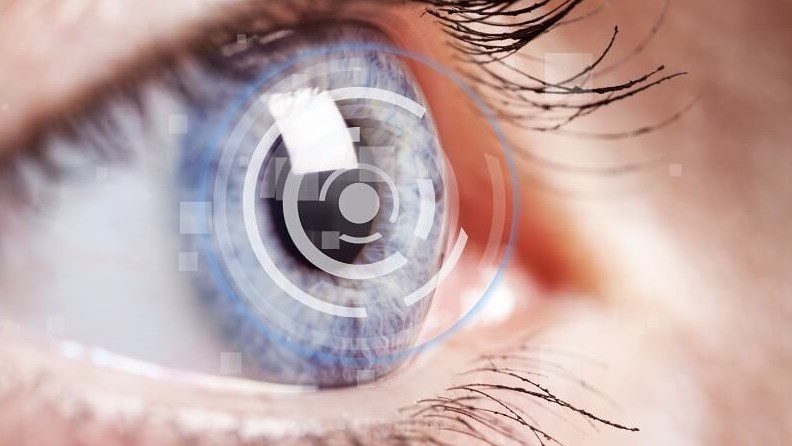Statins, a drug to lower LDL (bad cholesterol), are consumed by more than 40,000,000 Americans. They are the most popular prescription drug class in the United States. Some of the most commonly prescribed statins include atorvastatin.
Side effects can occur, including lowering your cholesterol and decreasing your chances of suffering from a stroke. There are some negative side effects, including memory loss, brain damage, kidney damage, and liver disease, but these are rare. You are also at higher risk for developing cataracts.
Cataracts cause vision impairment by creating cloudy regions within the eye. They usually develop slowly over time, affecting either one or both eyes and causing blurry vision. They can most often be treated by surgery that restores vision.
Research Highlights
Large-scale genotyping and exome sequence analysis from the UK Biobank were used by researchers to examine the potential effects of long-term statin usage on cataract risk.
The analysis revealed that common variants in genetics found in more than 402,000 people and not on statins mimicked the effects of LDL cholesterol-lowering statins and were associated higher risk for cataracts.
They also found that rare genetic variations in 169,172 people, which mimic statin treatment, almost doubled the risk of developing eye problems.
New research suggests that those who have LDL-cholesterol levels similar to statin drugs may have a greater chance of developing cataracts. This is according to the Journal of the American Heart Association. JAHA is an American Heart Association open-access peer-reviewed journal.
Some evidence has been found that statin medications can increase the chance of developing cataracts. Researchers examined whether certain genes that mimic the action of statins could increase the risk of developing cataracts.
Statin medications decrease LDL-cholesterol levels by blocking an enzyme called HMG/CoA-reductase. Research has shown that variants in HMGCR genes can alter how cholesterol is metabolized.
“We were able a establish a link among genetic variants that mimic HMGCR and development of cataracts,” Jonas Ghouse was the lead study author. Jonas Ghouse is a fellow of the cardiac genetics team, Laboratory for Molecular Cardiology within the department of biomedical science at the University of Copenhagen, Denmark. “We could not find any association with statins or other lipid-lowering medications. The benefits of statins to lower blood cholesterol in those with high blood cholesterol are far greater than the risk of cataracts.
Researchers analyzed genetic data from more than 402,000 people using the UK Biobank. Researchers identified five genetic variants that could lower LDL cholesterol. The researchers then calculated the genetic score based on each variant’s impact on LDL cholesterol. A genetic analysis was done to find carriers of a rare mutation found in the HMGCR genes, which is known as a predicted loss of function mutation.
Ghouse stated that “when we carry a Loss-of-function mutation, it is less likely that the gene will work.” “The body can’t make that protein if this gene doesn’t function.” Simply put, the HMGCR loss-of-function mutation equals taking statin medication.
The study showed:
HMGCR genetic risk scores identified people who were at higher risk of having cataract surgery or cataracts. The genetic score associated each 38.7 mg/dL decline in LDL cholesterol with a 14% increased risk of cataracts and a 25 percent higher risk for cataract surgery.
32 out of the 169,172 HMGCR sequencing results showed that they had one of 17 rare HMGCR loss-of-function mutants. These rare mutations had a significantly higher risk of developing cataracts than those without them.
Ghouse said that he was amazed at the scale of the association. “The main difference in the two analyses was that loss-of-function mutations are much more dangerous than common variants. It mimics medication-induced changes,” he explained. “We believe that the true impact lies closer to the loss/function mutation association than the common-variant association. Statins cause almost complete inhibition of the protein. A loss-of-function mutation can also lead to a markedly reduced ability for that protein to be produced.
The study’s major drawback is that while the genetic variants carry a lifetime risk of developing cataracts, they should not be evaluated for people who start statins later on in life due to their positive effects on blood cholesterol. These findings require further evaluation in clinical trials.
Ghouse stated that statin treatment tends to be more common later in life. “However,” Ghouse said, “But, there are certain patients who are diagnosed early with high cholesterol. These patients start statin therapy at a young age to help them be detected and follow up for cataracts.
